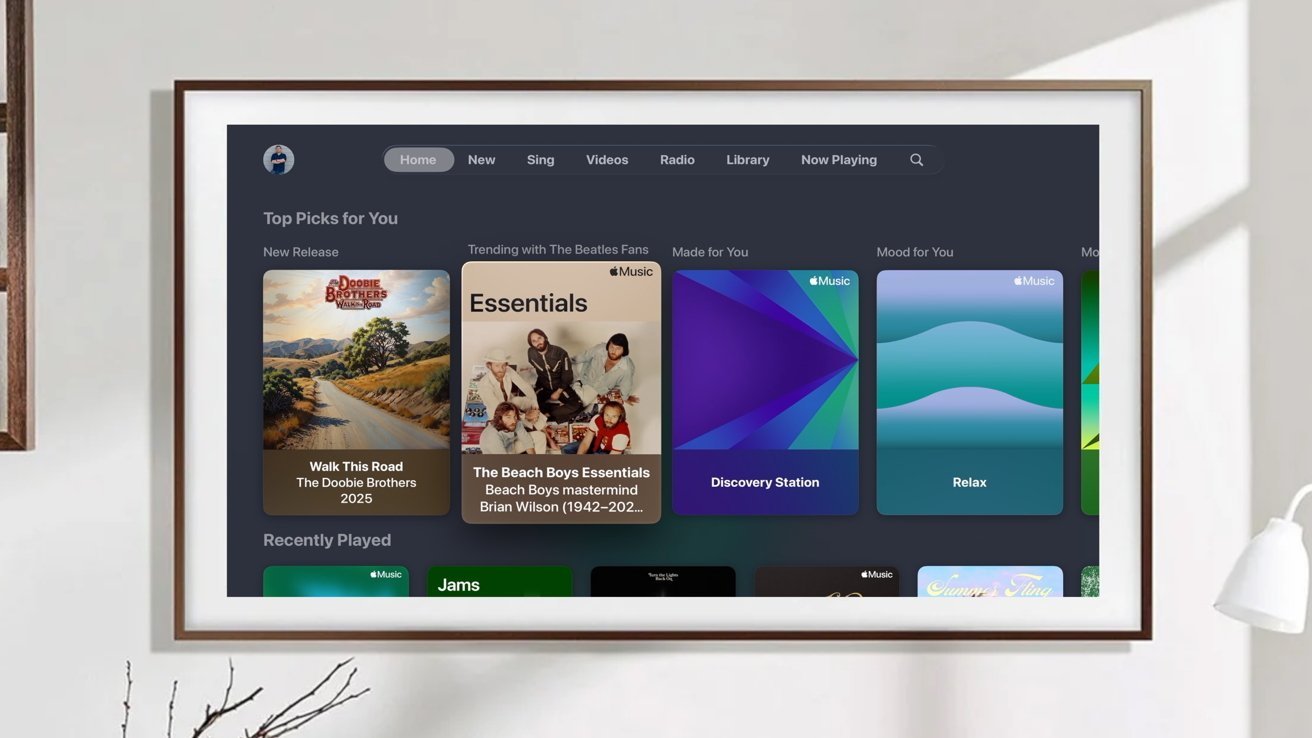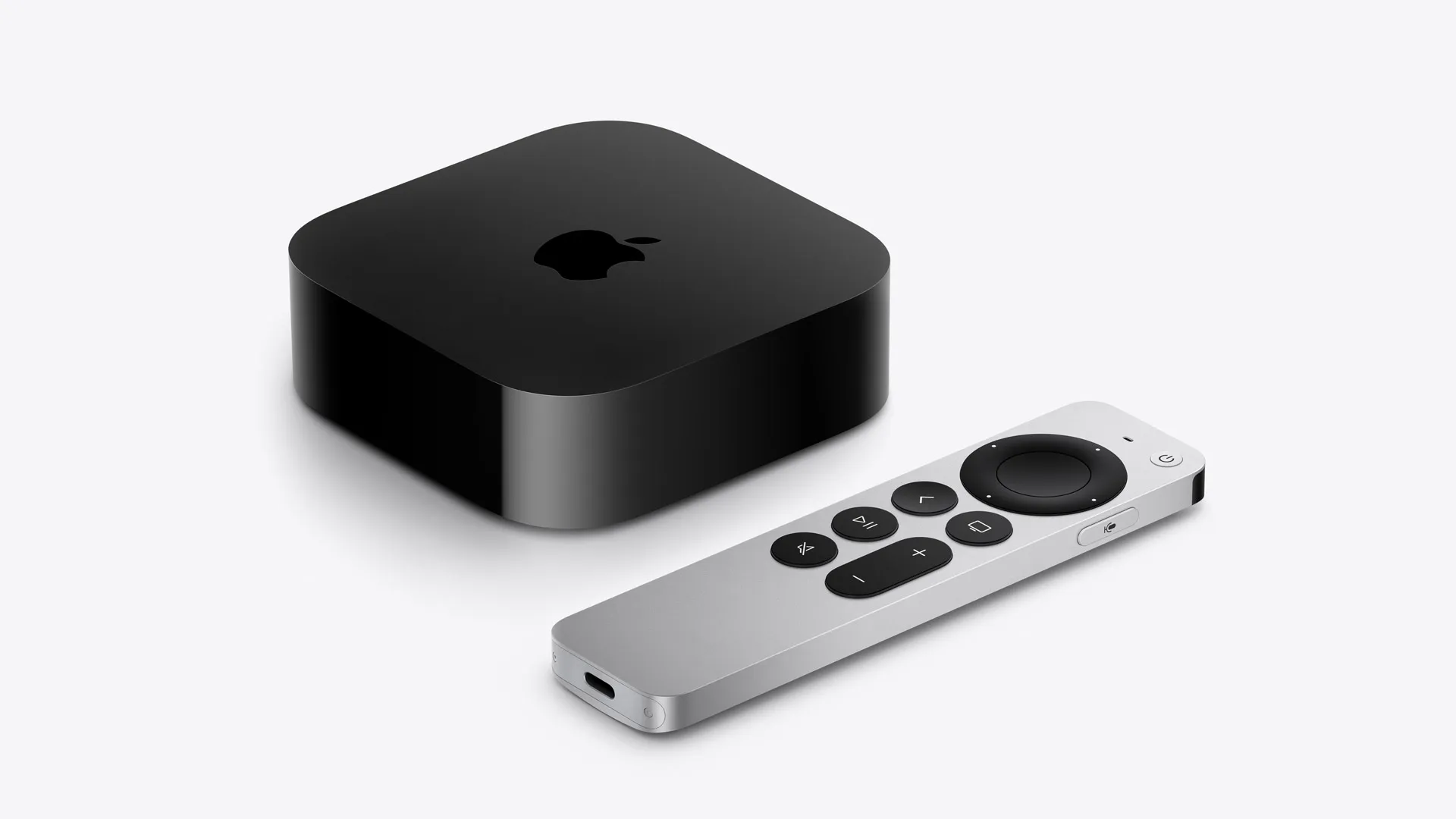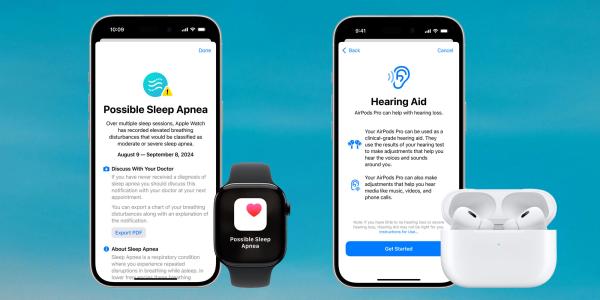Headless commerce is revolutionizing the way businesses interact with customers, allowing them to create seamless, personalized shopping experiences. With headless commerce, a business can separate the front-end experience from the back-end systems, enabling them to quickly and easily customize their applications and websites. The key to making this possible is the headless commerce stack, which consists of several components that come together to form a unified whole.
This stack includes things like an e-commerce platform, product information management (PIM) system, content management system (CMS), and payment processing provider. All of these components work together to power a headless commerce ecosystem, providing businesses with the flexibility and scalability to deliver exceptional customer experiences.
What is headless commerce?
Headless commerce is a form of e-commerce that uses a centralized system to manage inventory, sales, customers, and orders. Because all communications take place through a single interface, which you can obtain by using Frontend as a Service, and it's easier to scale operations than distributed e-commerce platforms.
Headless commerce has many benefits, including scalability, agility, and cost reductions. In addition, the technology provides retailers with increased customer engagement and satisfaction, as well as a more efficient and effective sales process.
A headless e-commerce platform provides a single interface for managing all aspects of a business's operations. It manages customers, sales, inventory, and orders across all channels, and can provide in-depth analytics for sales, marketing, and inventory management. Headless e-commerce platforms can also help businesses integrate seamlessly with third-party applications, improving customer engagement and satisfaction.
Benefits of headless commerce
Scalability
Headless commerce platforms can scale horizontally, which enables them to increase capacity and reach as demand increases. This makes headless commerce an ideal solution for large enterprises that have significant growth.
Agility
This model of e-commerce enables retailers to respond to customer requests and close sales as quickly as possible. This saves time and resources, allowing businesses to focus on their core competencies rather than the challenges of scaling their operations.
Cost reduction
Headless e-commerce platforms have proven to be highly cost-effective, allowing businesses to achieve cost savings by eliminating the need for additional staff. This enables them to pass savings onto their customers, providing them with excellent value for their dollar.
Increased customer engagement
Headless e-commerce platforms have been shown to lead to increased customer engagement rates. This outcome is due to the greater flexibility that these platforms provide, allowing businesses to more easily customize their offerings to meet individual customer needs.
Improved sales process
Headless e-commerce platforms can help businesses optimize their sales process by handling the operational challenges of scaling their operations. This includes managing inventory, sales, and customer service.
Greater access to market
Headless e-commerce platforms enable retailers to expand their customer base, tapping into new markets and demographics through online sales. This allows businesses to expand their customer base, grow their revenue, and achieve profitability.
Low-friction omnichannel experience
Headless e-commerce platforms can provide retailers with a low-friction omnichannel experience. This means customers don't need to make any major changes in their lives to take advantage of the new technology.
Reduced compliance burden
Headless e-commerce platforms can reduce the burden of compliance for businesses, as they don't need to make any major changes to the way their operations are managed. This reduces the risk of fines and penalties, enabling businesses to focus on their core competencies.
Components of a headless commerce stack
- E-commerce platform - An e-commerce platform provides the core functionality for headless commerce. Individuals or companies can use these products to build robust e-commerce solutions. Popular platforms include Shopify, BigCommerce, and woocommerce.
- Product information management (PIM) system - The PIM system works closely with the e-commerce platform, providing centralized management of product information. PIM technologies enable businesses to manage inventory, sales, and customer interactions, including product analytics and user data management.
- Content management system (CMS) - The CMS powers the storefront and enables the creation of a customer experience. Common applications include WordPress, Wix, and Shopify Themes.
- Payment processing provider - A payment processing provider powers the backend of the headless commerce ecosystem. This includes all credit card and financial account transactions, enabling retailers to offer discounts and rewards to customers.
Headless commerce ecosystem
Business applications of headless commerce: Headless e-commerce platforms can empower any type of business, from e-commerce retailers to SaaS services. Businesses can use headless technologies to provide a low-friction experience for customers.
Best practices for headless commerce implementation
- Choose a headless commerce platform - E-commerce platforms provide the core functionality for managing headless commerce operations. It's important to choose a platform that enables scalability, provides low-friction experiences, and has a proven ability to deliver results.
- Design a customer experience - Designing the customer experience is crucial to the success of headless commerce. It's important to use a single interface to manage all aspects of the operation, including sales, inventory, and customer service.
- Integrate third-party applications - Integrating third-party applications with the headless commerce platform is important for delivering a seamless customer experience. This could include CRM and marketing tools, as well as business intelligence and analytics solutions.
- Prioritize security - With headless commerce, it's essential to prioritize security across the entire ecosystem. This includes leveraging a single interface and centralizing access to key resources.
- Leverage data for decision-making - Headless e-commerce platforms are highly scalable and advanced technologies. These platforms require significant investments to deploy. It's important to use data to prioritize these projects, ensuring they have a positive ROI.
- Create a roadmap - Creating a roadmap is an important step in headless commerce implementation. This roadmap should outline the project plan, timelines, resources required, and key milestones.
Conclusion
The rise of headless commerce is a game changer for retailers, enabling them to maximize revenue and accelerate growth by leveraging the power of technology. Headless e-commerce platforms have proven to be highly cost-effective, allowing businesses to achieve cost savings by eliminating the need for additional staff. This has led to an increase in headless commerce adoption in recent years, with more than 50% of retailers planning to implement headless commerce by 2020.















